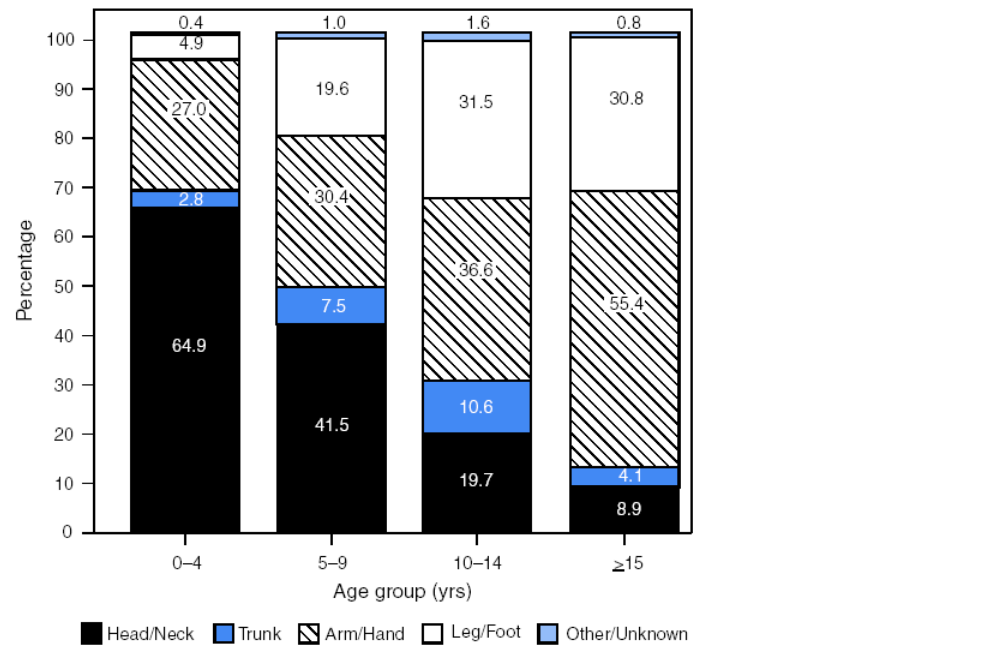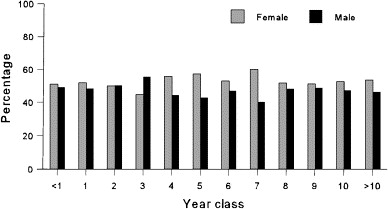Nonfatal dog bite-related injuries treated in hospital emergency departments – United States, 2001

To estimate the number of injurious and severely injurious dog bites in the U.S., the CDC analyzed data from the National Electronic Injury Surveillance System-All Injury Program (NEISS-AIP).
Dog bites: how big a problem?

This paper is included as the first of only two broad national randomized telephone surveys of dog bite incidence in the United States.
Dog bites: still a problem?

This paper is included as the second of only two broad national randomized telephone surveys of dog bite incidence in the U.S. and as the largest yet completed.
Demographic and aggressive characteristics of dogs in a general veterinary caseload

This was the initial study of the three-part series, and it focused on demographic and behavioral correlates relating to growling, resource guarding (described as “possessive aggression” by the authors) and biting behavior among dogs in Maritime Canada.
Unreported dog bites in children

This paper is included because it is the only direct survey of a large group of children regarding their experience of dog bites. The purpose of this study was to identify possible discrepancies between the number of dog bites among children reported to authorities and the actual incidence.
Growling, Snarling, Snapping, and Biting Behavior: Incidence and Correlates; A Literature Review

Most studies do not distinguish injurious dog bites from non-injurious behaviors, and seldom define the severity of injuries. Behaviors as different as growling and bites resulting in hospital treatment are grouped and counted together.

